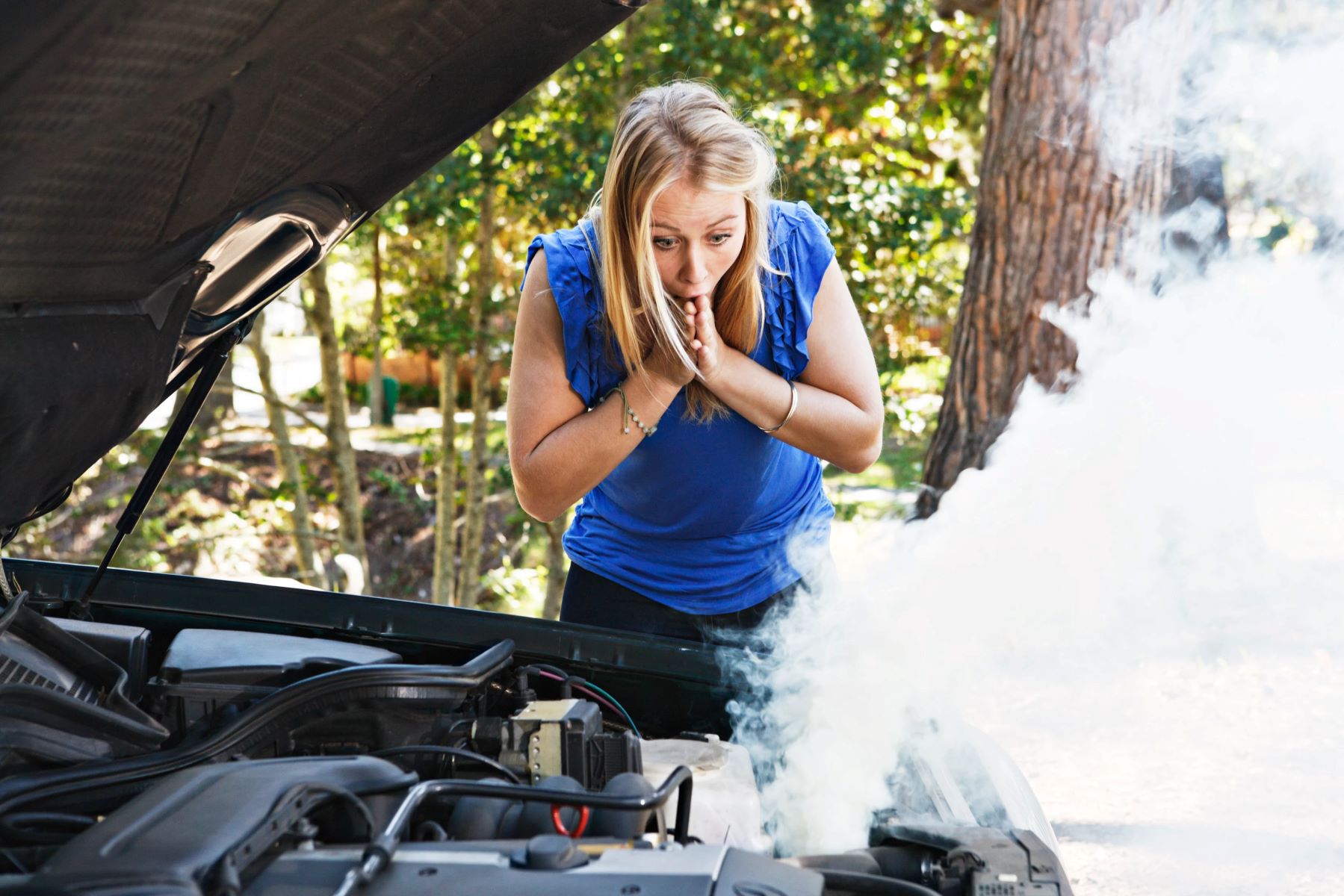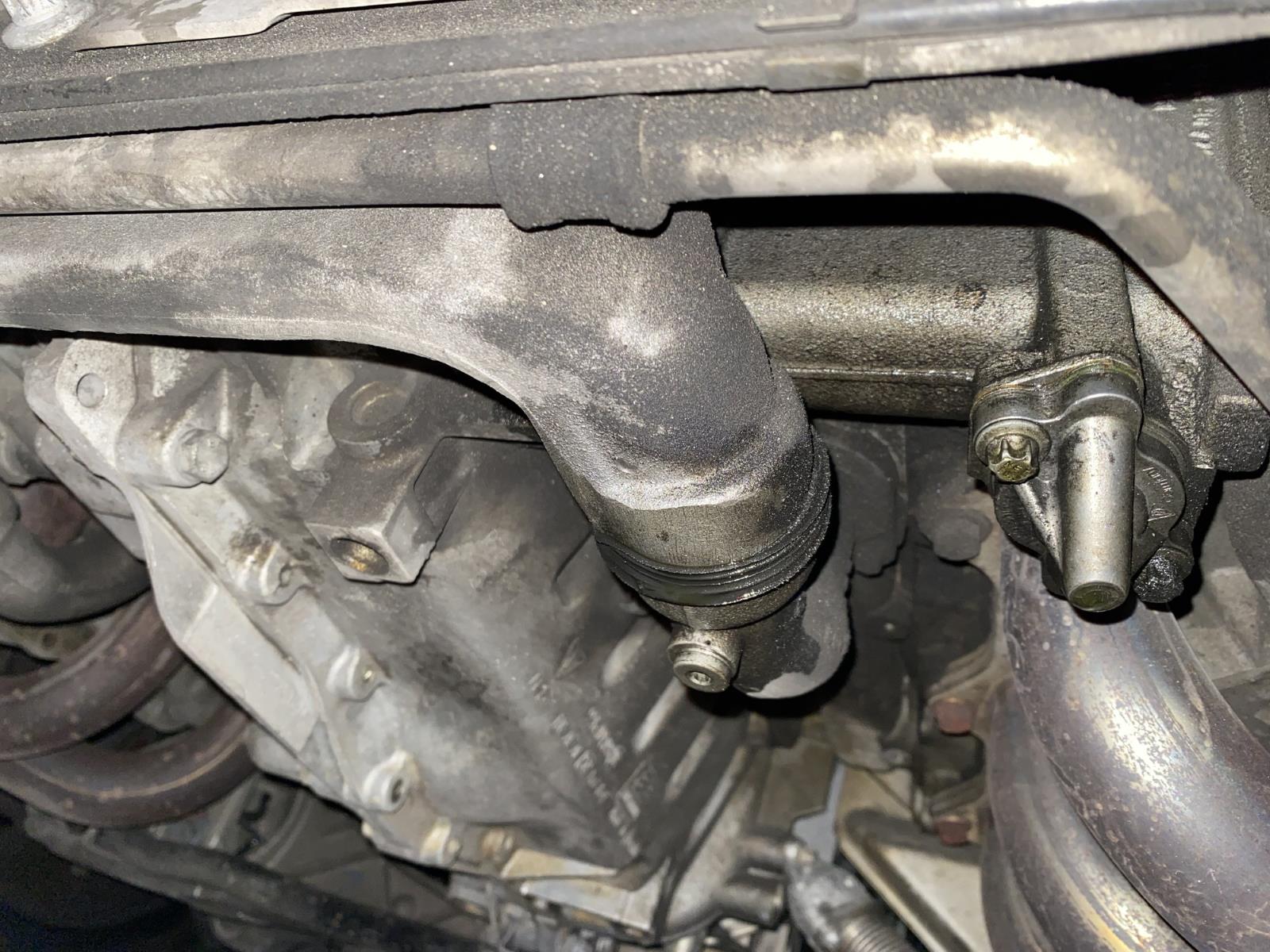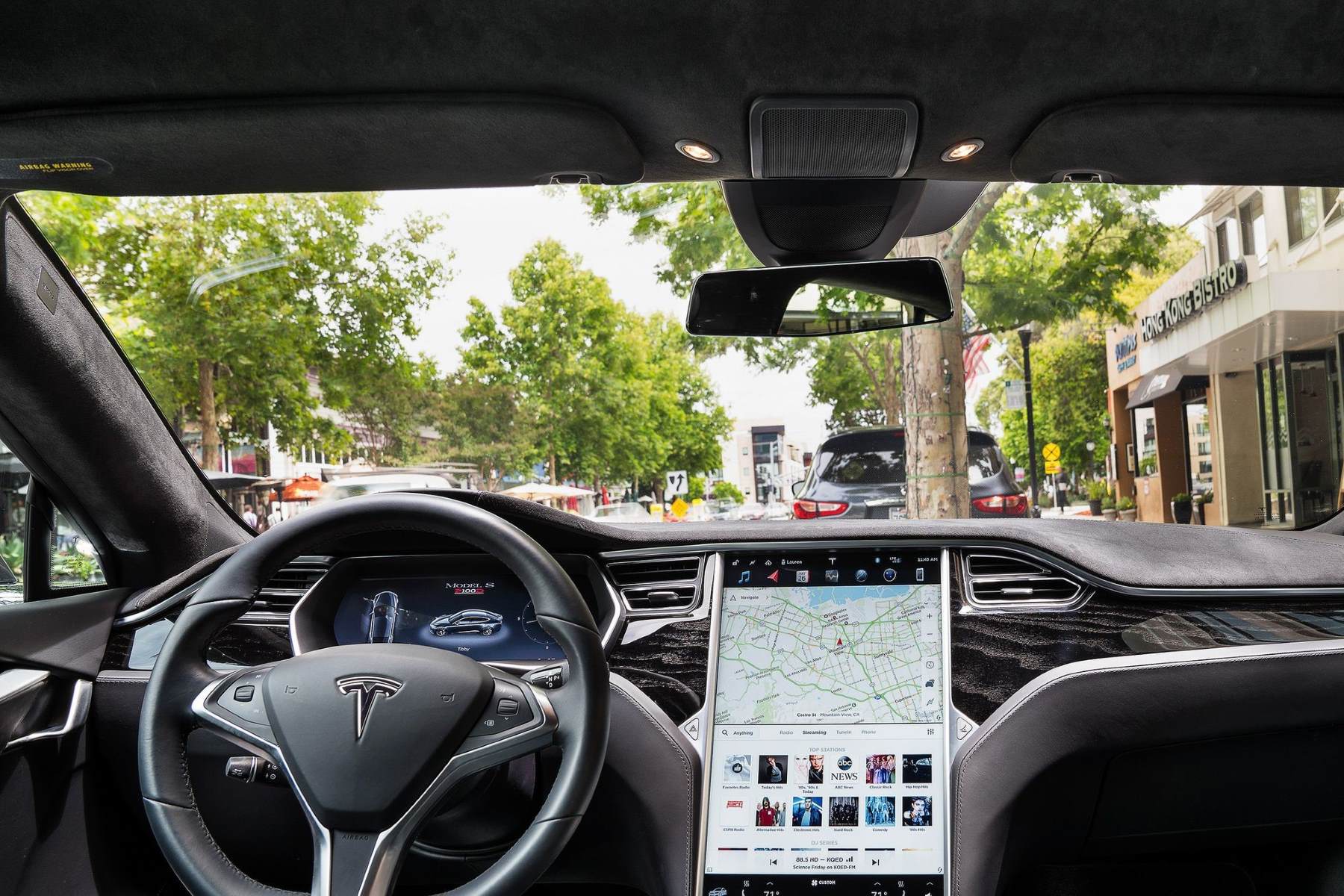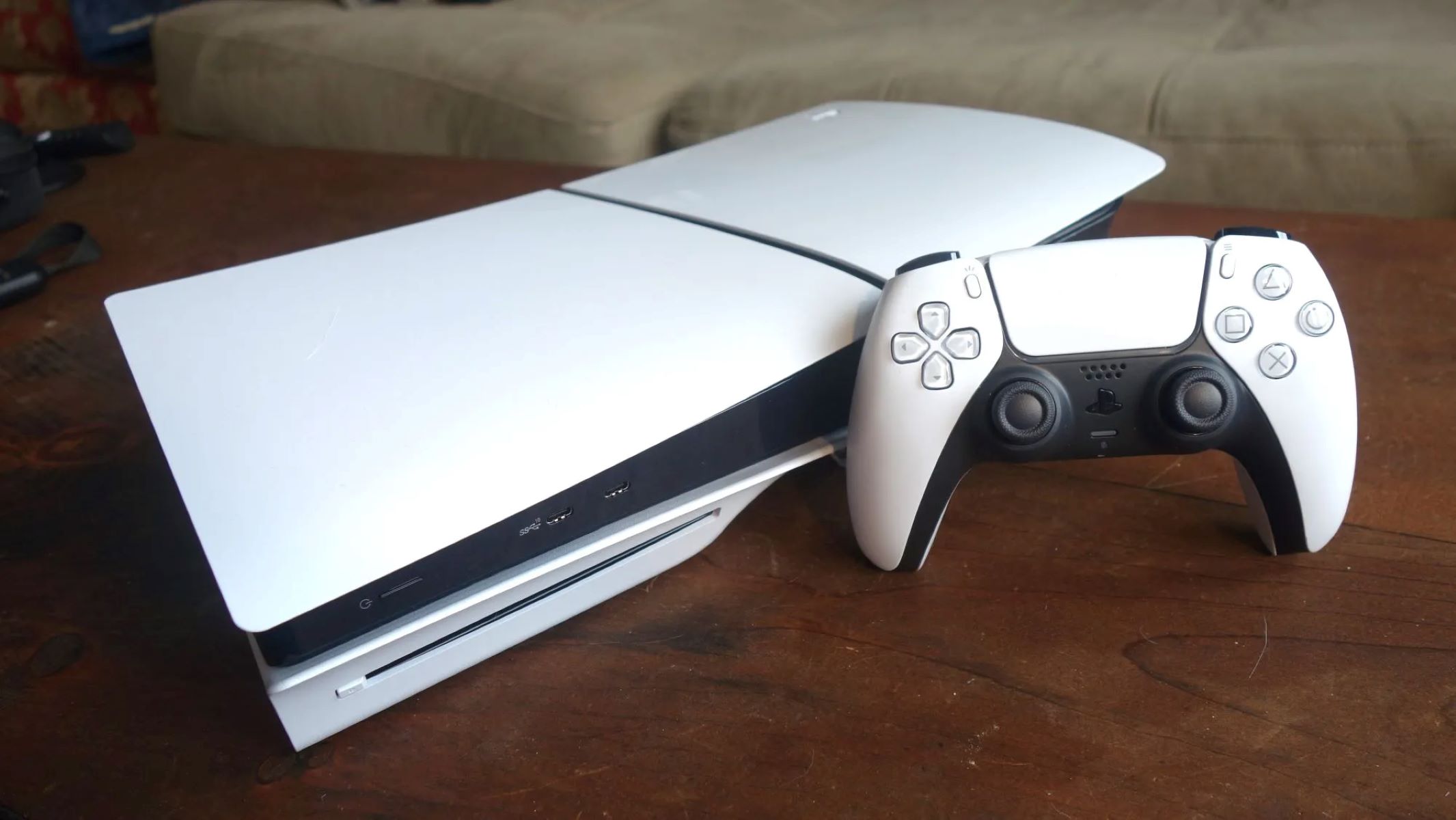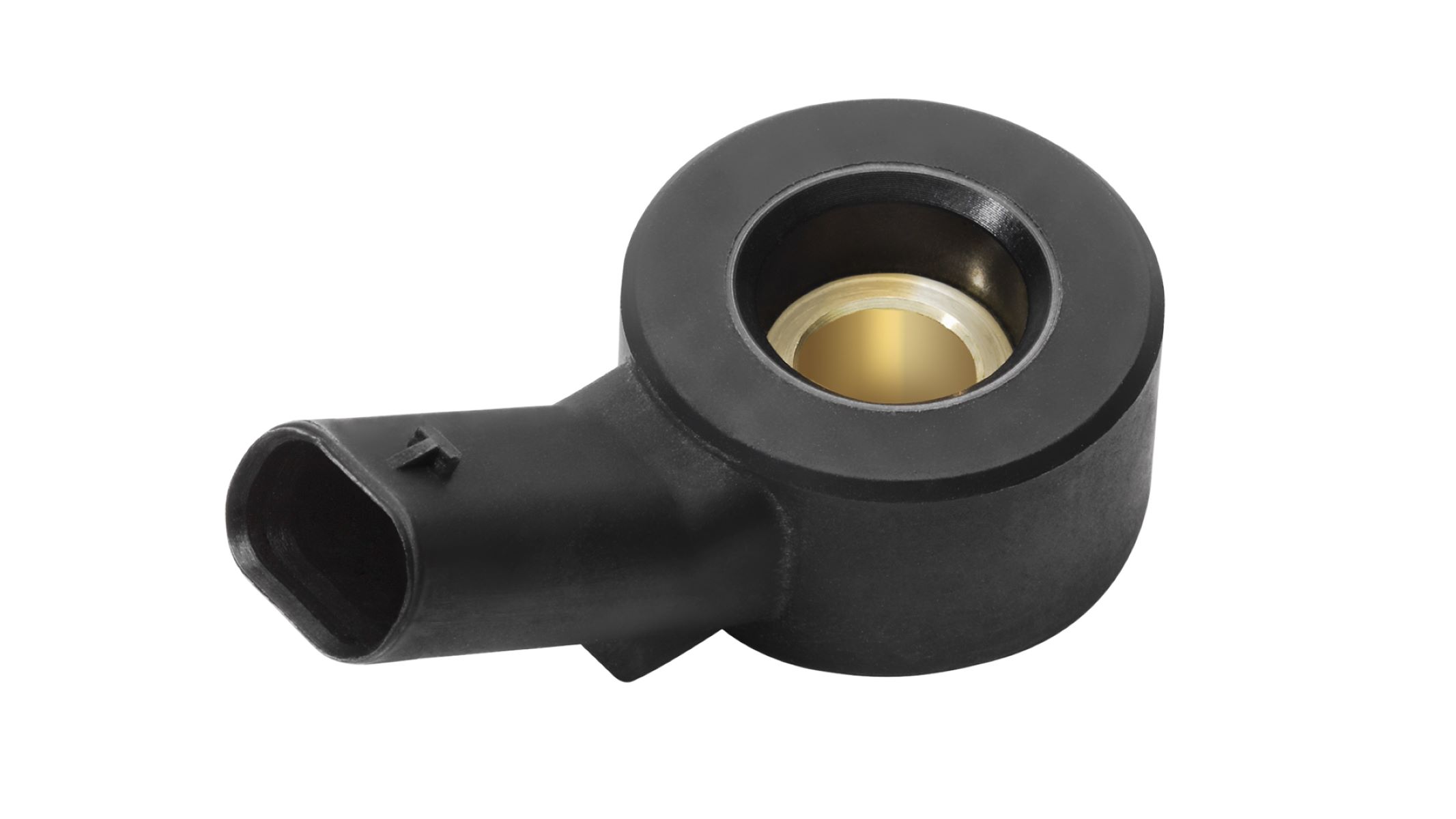Home>Technology and Computers>Top Reasons Your Mouse Cursor Slows Down – Is Your Mouse Outdated?


Technology and Computers
Top Reasons Your Mouse Cursor Slows Down – Is Your Mouse Outdated?
Modified: April 8, 2024
Discover the top reasons for a slow mouse cursor and find out if your outdated mouse is to blame. Learn how technology and computers play a role in your mouse's performance.
(Many of the links in this article redirect to a specific reviewed product. Your purchase of these products through affiliate links helps to generate commission for Regretless.com, at no extra cost. Learn more)
Table of Contents
Introduction
Have you ever experienced the frustration of a sluggish and unresponsive mouse cursor while trying to navigate your computer screen? It can be exasperating, to say the least. The mouse cursor is the virtual extension of your hand, allowing you to interact with your computer seamlessly. However, when it starts to lag or move erratically, it can significantly impede your productivity and overall computing experience.
In this article, we will delve into the top reasons why your mouse cursor slows down and explore the potential factors contributing to this issue. By understanding these underlying causes, you can take proactive steps to address the issue and restore the smooth functionality of your mouse cursor.
So, if you've found yourself constantly battling with a sluggish mouse cursor, don't fret. There are various factors that could be at play, and we're here to shed light on them. Whether it's a buildup of dust and debris, compatibility issues, driver problems, or hardware-related issues, we'll guide you through the potential culprits that may be hindering the performance of your mouse.
Let's embark on this journey to uncover the mysteries behind a lethargic mouse cursor and equip you with the knowledge to troubleshoot and resolve this common annoyance. After all, a swift and responsive mouse cursor is essential for seamless navigation and efficient interaction with your digital world.
Dust and Debris
Dust and debris accumulation can significantly impede the functionality of your mouse, leading to a slowdown in cursor movement and responsiveness. Over time, tiny particles such as dust, hair, and crumbs can find their way into the intricate components of your mouse, causing interference with its optical sensor or tracking mechanism.
The presence of dust and debris on the mouse's sensor can disrupt the tracking of surface movements, resulting in erratic cursor behavior or sluggish response. Additionally, the accumulation of debris around the mouse buttons and scroll wheel can hinder their smooth operation, further impacting the overall user experience.
To mitigate the impact of dust and debris on your mouse's performance, regular cleaning is essential. Begin by turning off your computer and unplugging the mouse. Next, gently turn the mouse upside down and use compressed air or a soft brush to remove any visible debris from the sensor area and crevices. For more stubborn particles, a cotton swab lightly moistened with rubbing alcohol can be used to carefully clean the sensor and surrounding areas.
Furthermore, consider using a mouse pad to create a clean and consistent surface for the mouse to track on, reducing the likelihood of debris interference. Investing in a mouse with a sealed sensor mechanism can also help prevent dust and debris from infiltrating critical components, maintaining optimal performance over time.
By addressing the issue of dust and debris accumulation, you can potentially restore your mouse to its full operational capacity, ensuring smooth and precise cursor movements. This proactive approach to maintenance can prolong the lifespan of your mouse and enhance the overall user experience, eliminating the frustration of a sluggish cursor caused by preventable environmental factors.
Compatibility Issues
Compatibility issues can arise when the communication between your mouse and the computer system encounters obstacles, resulting in a slowdown of the mouse cursor's responsiveness. These issues can stem from various sources, including software conflicts, outdated operating systems, or incompatible hardware configurations.
One common scenario involves using a mouse that is designed for a specific operating system, such as Windows, on a computer running a different operating system, like macOS or Linux. Incompatibility between the mouse's drivers and the operating system can lead to erratic cursor behavior or a lack of full functionality. Similarly, utilizing a gaming mouse with advanced features on a system that lacks the necessary drivers or software support can result in suboptimal performance and responsiveness.
Furthermore, the proliferation of wireless mice with diverse connectivity options, such as Bluetooth and proprietary wireless receivers, has introduced compatibility challenges. Issues may arise when attempting to connect a wireless mouse to a computer that lacks the appropriate wireless technology or has conflicting drivers for similar devices.
Additionally, software conflicts can emerge when using third-party mouse customization software alongside system-level mouse settings. These conflicts can lead to unexpected cursor behavior, unresponsive clicks, or delayed movements due to conflicting commands and settings.
To address compatibility issues and optimize the performance of your mouse, consider the following steps:
-
Update Drivers: Ensure that your mouse drivers are up to date and compatible with your operating system. Manufacturers often release driver updates to enhance compatibility and resolve performance issues.
-
Check System Requirements: Verify that your mouse is compatible with your computer's operating system and hardware specifications. Refer to the manufacturer's specifications to confirm compatibility with your system.
-
Avoid Conflicting Software: If you utilize third-party mouse customization software, ensure that it does not conflict with system-level mouse settings. Consider uninstalling or updating conflicting software to mitigate compatibility issues.
-
Wireless Connectivity: When using a wireless mouse, ensure that your computer supports the specific wireless technology utilized by the mouse. Verify that drivers are installed correctly and that there are no conflicting devices using similar wireless protocols.
By addressing compatibility issues through these proactive measures, you can potentially resolve the hindrances affecting your mouse cursor's performance. Understanding the compatibility requirements and ensuring seamless integration with your system can lead to a smoother and more responsive mouse experience, mitigating the frustration of a sluggish cursor and enhancing your overall computing efficiency.
Driver Problems
Driver problems are a prevalent cause of mouse cursor slowdown and erratic behavior. The drivers serve as the intermediary between the mouse hardware and the operating system, facilitating the translation of physical movements into on-screen cursor actions. When the mouse drivers are outdated, corrupted, or incompatible with the operating system, it can lead to a myriad of performance issues, including cursor lag, unresponsiveness, and unexpected movements.
Outdated drivers are a common culprit, as they may lack essential optimizations and bug fixes that can significantly impact the mouse's performance. Additionally, when a new operating system update is installed, existing mouse drivers may no longer be fully compatible, leading to a mismatch in communication between the mouse and the system.
Corrupted drivers can also contribute to mouse cursor problems. This can occur due to software conflicts, incomplete installations, or system errors. When the integrity of the mouse drivers is compromised, it can manifest in erratic cursor movements, delayed responses, or complete unresponsiveness.
Resolving driver problems requires a proactive approach to ensure that the mouse drivers are properly configured and up to date. Here are the steps to address driver-related issues:
-
Update Drivers: Visit the official website of the mouse manufacturer or the computer's peripheral support page to download the latest drivers for your specific mouse model. By installing the most recent drivers, you can benefit from performance enhancements, bug fixes, and improved compatibility with the operating system.
-
Device Manager: Access the Device Manager in your operating system to verify the status of the mouse drivers. Look for any warning symbols or error messages associated with the mouse device. If issues are detected, you can attempt to update the drivers or roll back to a previous version to troubleshoot the problem.
-
Uninstall and Reinstall: In cases where corrupted drivers are suspected, uninstalling the existing mouse drivers and reinstalling them can help rectify the issue. This process can eliminate potential software conflicts and ensure a clean installation of the drivers.
-
Automatic Driver Update Tools: Consider utilizing automatic driver update tools that can scan your system for outdated or corrupted drivers and facilitate seamless updates. These tools can streamline the driver update process, ensuring that your mouse drivers remain optimized without requiring manual intervention.
By addressing driver problems through these measures, you can potentially alleviate the issues impacting your mouse cursor's performance. A proactive approach to driver maintenance and updates can lead to a smoother and more responsive mouse experience, eliminating the frustration of a sluggish cursor and enhancing your overall computing efficiency.
Hardware Issues
Hardware issues encompass a broad spectrum of potential culprits contributing to the slowdown and erratic behavior of a mouse cursor. These issues can range from physical damage to the mouse itself to compatibility conflicts with the computer's hardware infrastructure. Understanding and addressing hardware-related challenges is crucial in restoring the optimal functionality of the mouse and ensuring a seamless user experience.
One prevalent hardware issue that can impact the performance of a mouse is the presence of physical damage or wear and tear. Over time, the internal components of a mouse, including the buttons, scroll wheel, and sensor, may succumb to mechanical stress, resulting in reduced responsiveness and accuracy. Physical damage can manifest as sticking buttons, inconsistent scrolling, or a lack of precise cursor movements. Additionally, worn-out mouse feet can lead to frictional resistance, hindering smooth cursor navigation across surfaces.
Furthermore, the connection interface of the mouse, whether it be USB, Bluetooth, or proprietary wireless technology, can be susceptible to hardware-related issues. A loose or damaged connection can lead to intermittent disconnections, resulting in sporadic cursor movements or complete unresponsiveness. In the case of wireless mice, signal interference from nearby electronic devices or low battery levels can also contribute to cursor slowdown and erratic behavior.
To address hardware issues affecting the mouse cursor, several proactive measures can be taken:
-
Physical Inspection: Conduct a thorough visual inspection of the mouse to identify any signs of physical damage or wear. Check for sticking buttons, worn-out mouse feet, and loose connections. If physical damage is identified, consider seeking professional repair services or replacing the mouse with a new unit.
-
Connection Stability: For wired mice, ensure that the USB port and cable connection are secure and free from damage. If using a wireless mouse, replace the batteries or recharge the device to ensure a stable and consistent connection. Additionally, minimize potential signal interference by relocating the wireless receiver or eliminating nearby sources of electronic interference.
-
Compatibility Verification: Verify that the mouse is compatible with the specific hardware and software configuration of your computer. Some mice may exhibit performance issues when used with older computer systems or incompatible hardware setups. Refer to the manufacturer's specifications to confirm compatibility with your system.
By addressing hardware-related issues through these proactive measures, you can potentially resolve the impediments affecting your mouse cursor's performance. A vigilant approach to hardware maintenance and compatibility verification can lead to a smoother and more responsive mouse experience, eliminating the frustration of a sluggish cursor and enhancing your overall computing efficiency.
Conclusion
In conclusion, the performance of your mouse cursor is pivotal to your overall computing experience, and when it starts to slow down or behave erratically, it can be a source of immense frustration. Throughout this exploration, we've delved into the top reasons why your mouse cursor may slow down, shedding light on potential factors such as dust and debris accumulation, compatibility issues, driver problems, and hardware-related issues.
Addressing the issue of dust and debris accumulation is crucial for maintaining the optimal functionality of your mouse. Regular cleaning and the use of a mouse pad can mitigate the impact of environmental factors, ensuring smooth and precise cursor movements. By implementing proactive maintenance practices, such as removing dust and debris from the mouse's sensor and surrounding areas, you can potentially restore your mouse to its full operational capacity.
Compatibility issues can significantly hinder the seamless interaction between your mouse and computer system, leading to a slowdown in cursor responsiveness. Understanding the compatibility requirements and ensuring seamless integration with your system is essential for a smoother and more responsive mouse experience. By updating drivers, checking system requirements, avoiding conflicting software, and verifying wireless connectivity, you can mitigate compatibility issues and optimize the performance of your mouse.
Driver problems are a prevalent cause of mouse cursor slowdown and erratic behavior. By ensuring that your mouse drivers are properly configured and up to date, you can address issues related to outdated, corrupted, or incompatible drivers. Proactive measures such as updating drivers, utilizing the Device Manager, uninstalling and reinstalling drivers, and employing automatic driver update tools can help rectify driver-related issues and restore optimal mouse performance.
Hardware issues encompass a broad spectrum of potential culprits contributing to the slowdown and erratic behavior of a mouse cursor. Conducting a physical inspection, ensuring connection stability, and verifying compatibility with your computer system are essential proactive measures to address hardware-related challenges and restore optimal mouse functionality.
By addressing these potential factors contributing to a sluggish mouse cursor, you can take proactive steps to troubleshoot and resolve the issue, ultimately enhancing your overall computing efficiency and eliminating the frustration of a lethargic cursor. A swift and responsive mouse cursor is essential for seamless navigation and efficient interaction with your digital world, and by understanding the underlying causes of slowdown, you can empower yourself to maintain an optimal computing experience.
